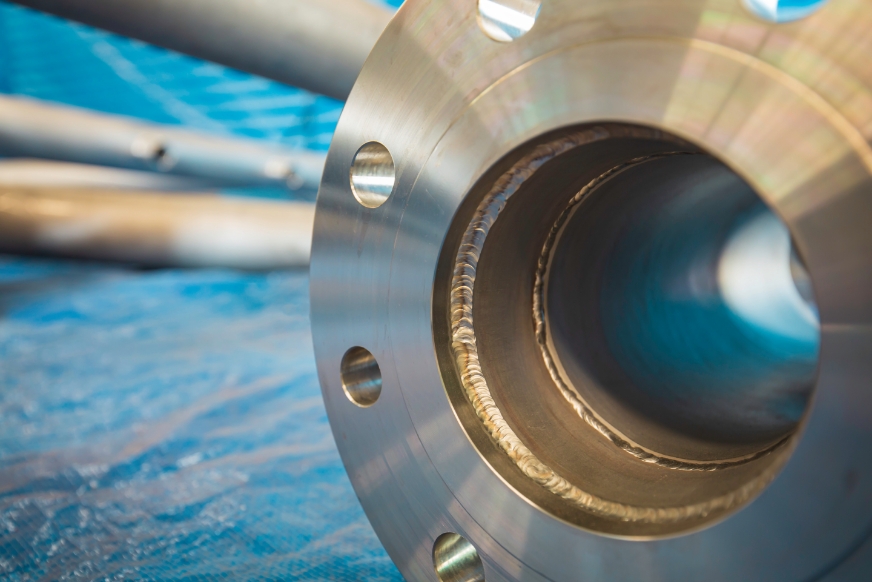Carc (Chemical Agent Resistant Coating)
CARC is the organic topcoat used on all armed services’ combat vehicles, aircraft, ordnance and tactical equipment. It is a two-part polyurethane coating that is resistant to water, petroleum, most acids, biological and radioactive agents. Its unique formulation allows coated vehicles to be decontaminated in the event of exposure to chemical or biological warfare agents. It also has properties that make coated equipment less prone to infrared detection.
In recent years, a water based CARC was developed to replace the high VOC, solvent based CARC. This newer formulation is lead and chrome free, and more abrasion and scratch resistant.
Request a quote